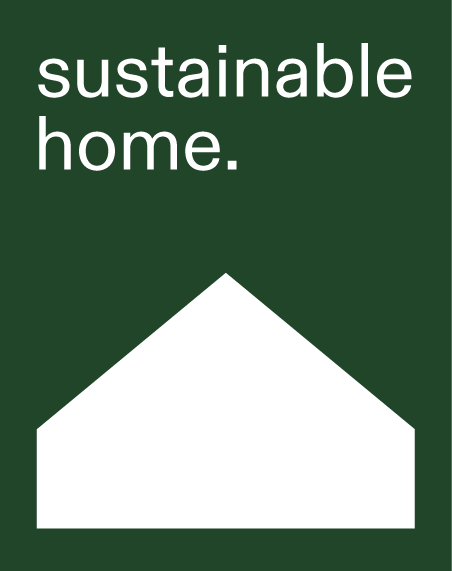Looking at this happy Coburg family home by CARD, it’s hard to imagine just how dilapidated it was when the owners purchased the brick cottage in 2021.
Despite its crumbling condition, a young couple was brave enough to purchase the property, enticed by the idea of being neighbours with their close friends who lived next door.
‘The house was abandoned for over a decade; it was in complete disrepair. No kitchen, no bathroom, a hole in the roof, and an outdoor toilet,’ CARD co-founder Jimi Connor says.
‘Rather than demolish, the clients wanted to restore the original brick cottage back to its former glory.’
This meant updating every detail, inside and out. With some effort, the ceiling cornices, ornate roses, and Baltic pine flooring were all salvaged, while peeling back the flaking white paint on the facade revealed the patterned brickwork.
The house’s typical four-room floor plan was also retained and converted into three bedrooms with a sitting room. The real potential, however, was unlocked by a contemporary extension at the rear — housing two bathrooms, laundry, alongside the kitchen and living space within a compact footprint.
‘The addition acts as a kind of “service core”,’ CARD co-founder Tahj Rosmarin adds.
‘It is carefully positioned behind the existing structure, ensuring the restored Victorian facade remains the dominant presence from the street.’
A focus on thermal comfort also shaped the humble form of the rear facade, topped with a simple skilion roof that maximises northern light.
Green corrugated iron sheets form deep overhanging eaves, as operable shades and the servery window allow the owners to control privacy, ventilation, and connection to the sunny backyard.
‘Someone in the kitchen can talk to someone outside, their child can play in the living room whilst the parents work in the garden,’ Jimi adds.
The clients even refer to the large north-facing window above the kitchen as their ‘TV’, offering changing views of the neighbouring tree, the sky, and the weather.
A deep red sliding door and terracotta accents take inspiration from the home’s original paint finishes and Coburg’s typography of old and new buildings.
But there’s also a utilitarian edge to the renovation, which the architects say was the result of the modest budget.
‘We prioritised a durable, low-cost, low-maintenance material palette. Robust pre-finished sheet products that require no painting or oiling were used, such as corrugated Colorbond and Genesis ‘Rustik Board’ fibre cement sheet to eliminate ongoing maintenance,’ Tahj explains.
‘The project had to be distilled to its core ideas and essence in order to get the project over the line. Every aspect from joinery, handles, hardware, cladding, even deciding what was to be restored and what was to be left, all came down to budget.’
It also means the resulting cottage is perfectly restrained, with deliberate nods to both past and present.















































































